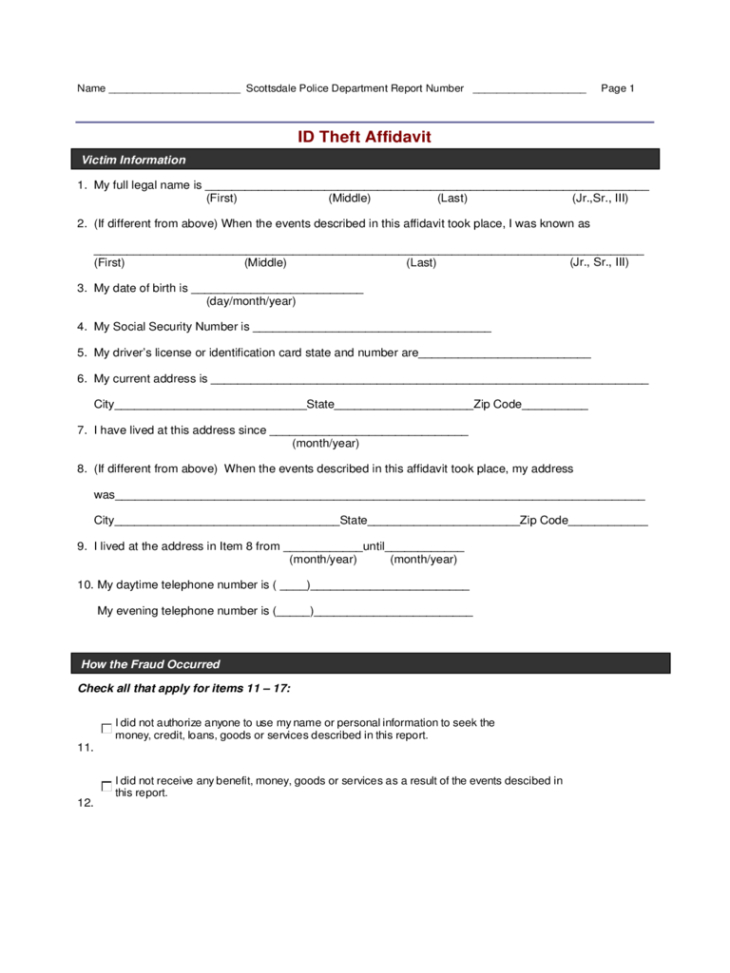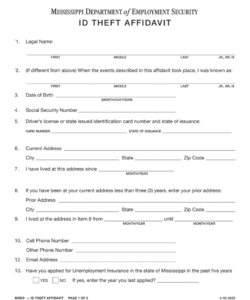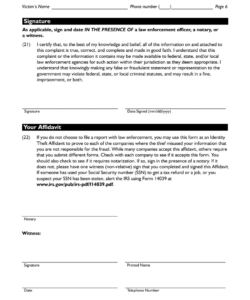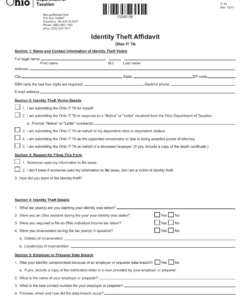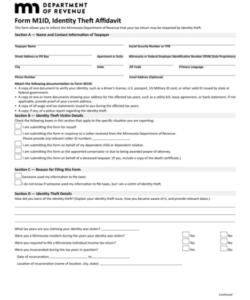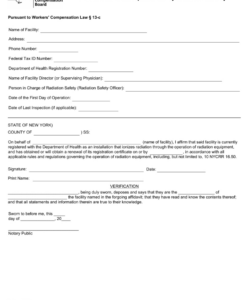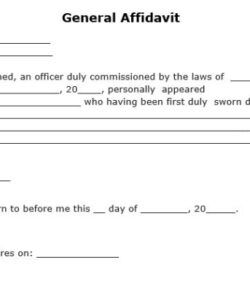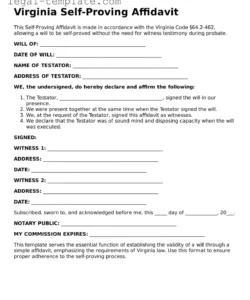Identity theft affidavit template. Ever found yourself wanting to declare something is factual in a formal setting? That’s where a legal declaration comes in. It’s a written statement, your legally recognized version, executed and affirmed to be correct before someone authorized to administer oaths, like a certified official. Think of it as your written testimony, ready to be submitted for legal purposes or used for other official purposes. Creating one might seem intimidating, but with the right support, it’s totally within reach. And yes, you guessed it, a ready-made guide can be a lifesaver.
Imagine needing to verify where you live, show your earnings, or state your relationship situation. An affidavit can do any of those. It’s a versatile legal document, but getting it right is crucial. Leaving out details or wrong phrasing can weaken its impact or even prevent it from being accepted. But what if you aren’t a lawyer? That’s where a pre-built document becomes your helpful guide. It offers a structure, helping you complete it properly and making sure everything is included.
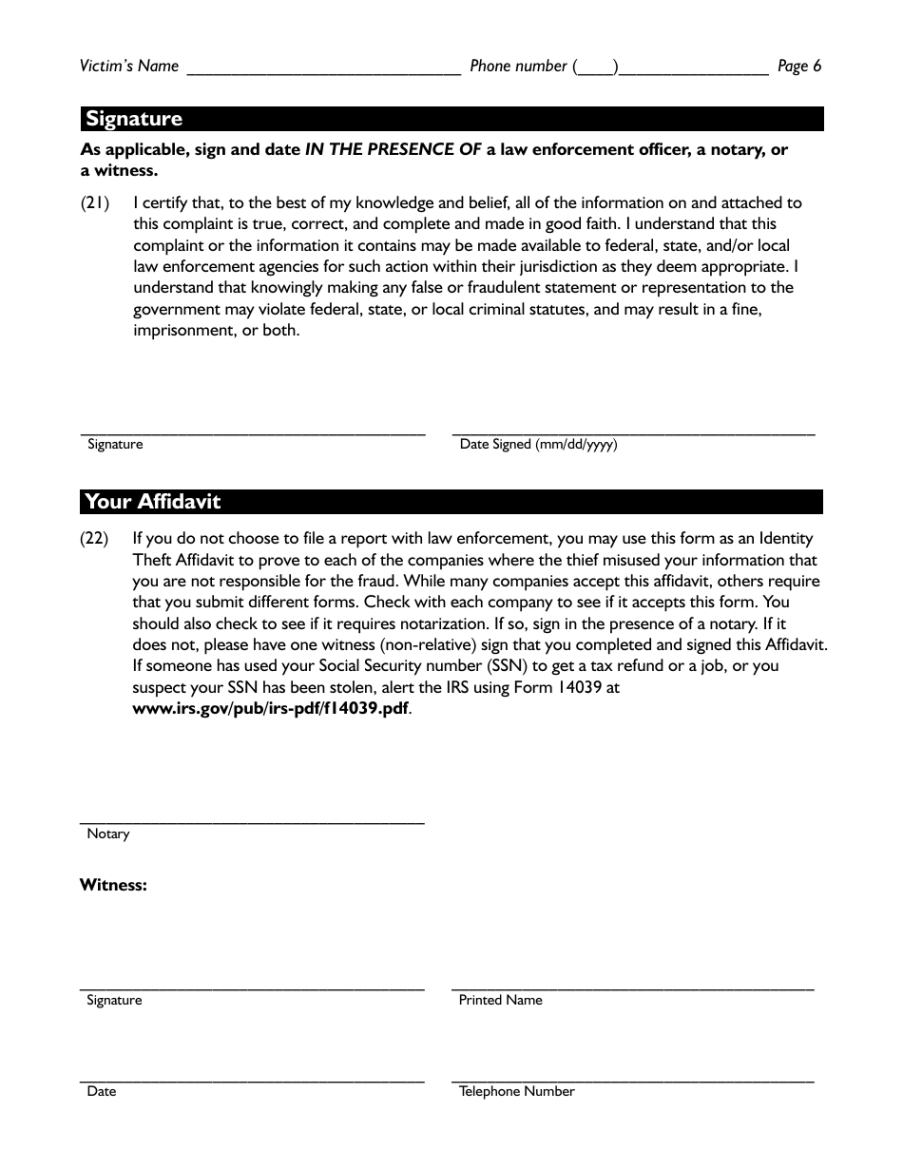
An affidavit is more than just a written statement; it’s an official assertion of truth made with formal affirmation. When you sign an affidavit, you’re essentially swearing that the details included is correct and honest to the best of your knowledge. This legal promise carries significant legal weight, and any misrepresentations can result in criminal charges, including being charged with lying under oath. Therefore, it’s vital to take the affidavit process seriously and ensure that every detail is accurate and truthful.
Why is an affidavit so important? Because it provides a reliable record of facts. Think about it: recollection can decline, witnesses move away, and details shift. An affidavit, created close to the time of an event, captures the details while they are still easy to recall. This can be especially important in cases where oral evidence is missing or weak.
The uses for affidavits are wide-ranging. They are frequently used in legal disputes to strengthen arguments, submit proof, and even to establish a claim. Beyond the courtroom, affidavits also find use in regulatory matters, benefit applications, visa procedures, and various other instances demanding truthful statements. For example, an affidavit can be used to verify your identity when opening a bank account, or to support a claim for damages in a car accident.
Before you start filling out an affidavit, it’s a good idea to figure out exactly what information needs to be included. Check the guidance provided by the party asking for the document. Understand the specific purpose of the document and the information it’s meant to convey. This will help you customize your content and ensure that you address all the relevant points. A precise and structured statement is far more persuasive than a vague or disorganized declaration.
Getting the right document is only half the battle; understanding how to complete it is equally important. The goal is to create a file that’s precise, complete, and valid in legal terms. Let’s review some core practices to ensure you’re using your template to its best advantage.
To begin with, analyze the form fully before you start completing it. Pay close attention to the instructions and any specific details noted within the form. This is your roadmap to creating a valid affidavit. Make sure the template fits the regional law where the affidavit will be used, as court expectations can vary widely between regions. A basic form might not be sufficient if there are regional legal nuances.
Once you’ve completed all the sections, review your affidavit carefully. Look for typos and grammar mistakes. Ensure that all the information is in line and makes sense. It’s always a good idea to have someone else review your affidavit as well. A fresh pair of eyes can often catch mistakes you might have missed.
Don’t forget, a free affidavit template is just a starting point. You may need to make edits to expand the facts or respond to particular circumstances. Don’t be afraid to customize the template to fit your individual situation, but be sure to preserve the format and accuracy. If you’re making significant changes, it’s always a good idea to consult with an attorney before finalizing.
In conclusion, before you finalize your sworn statement, double-check it for accuracy for any mistakes or missing details. Make sure that all the information is correct and full, and that there are no linguistic or punctuation problems. A properly drafted document demonstrates your attention to detail and strengthens your case in the eyes of the court. After you’ve signed your affidavit, be sure to get it officially witnessed by a authorized witness. This will validate your document and make your affidavit court-admissible.
Taking the time to find a reliable resource and customize it to your specific needs will go a long way in ensuring that your affidavit is effective and legally sound. There are many free affidavit forms available. Feel free to consult a lawyer. Remember that an affidavit is a legal assertion, and should be treated as such. Honesty and accuracy are key. This guidance should get you started with creating a useful sworn statement. Note: this is for informational purposes only.
